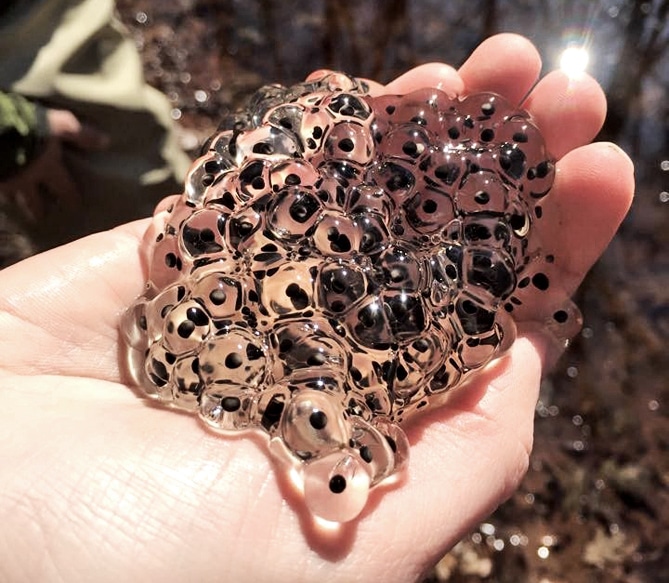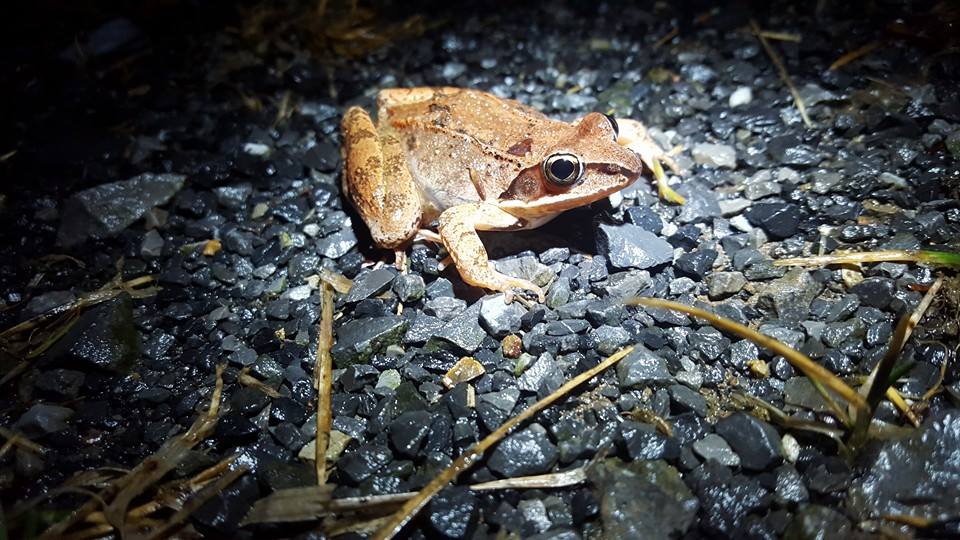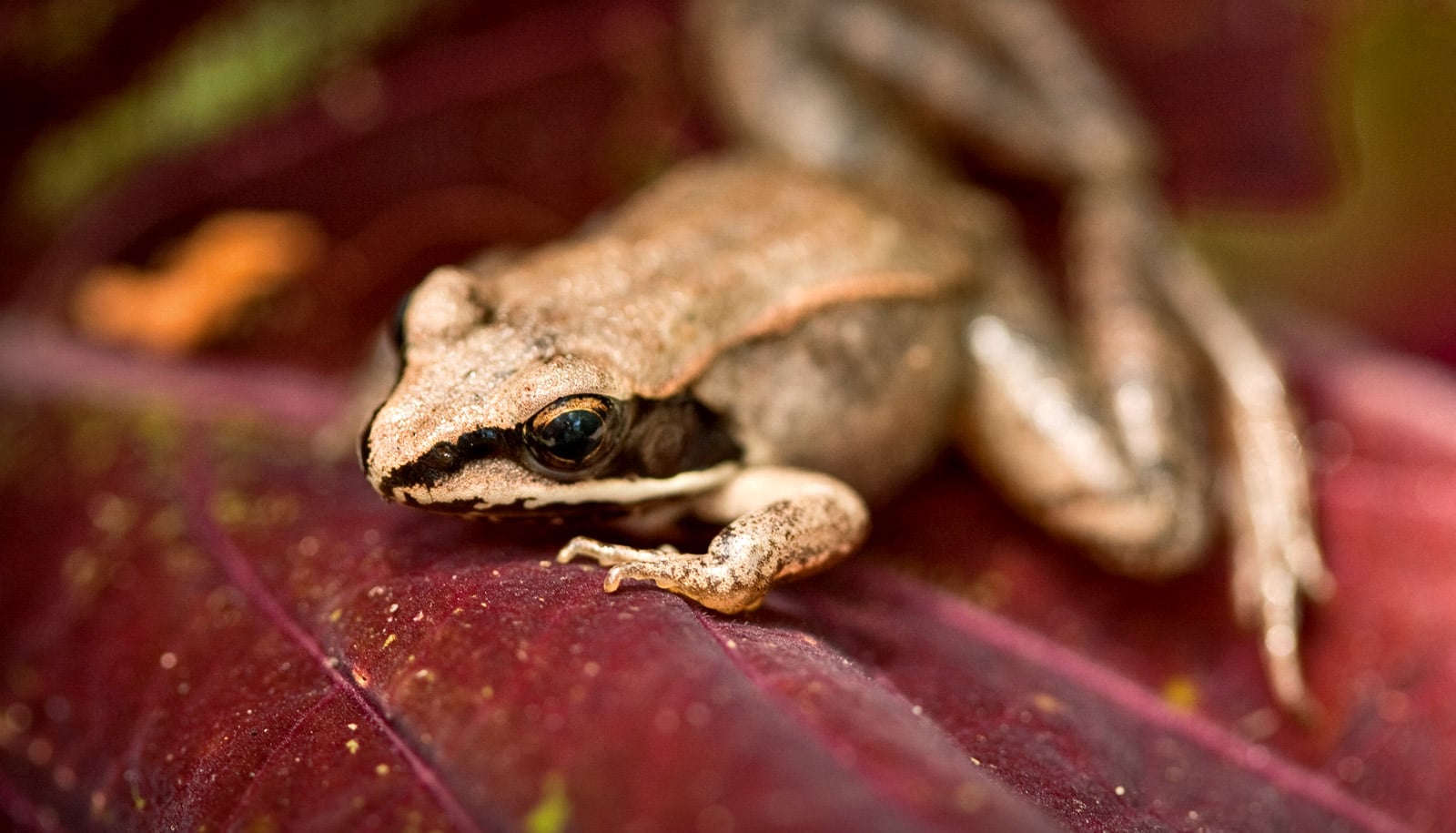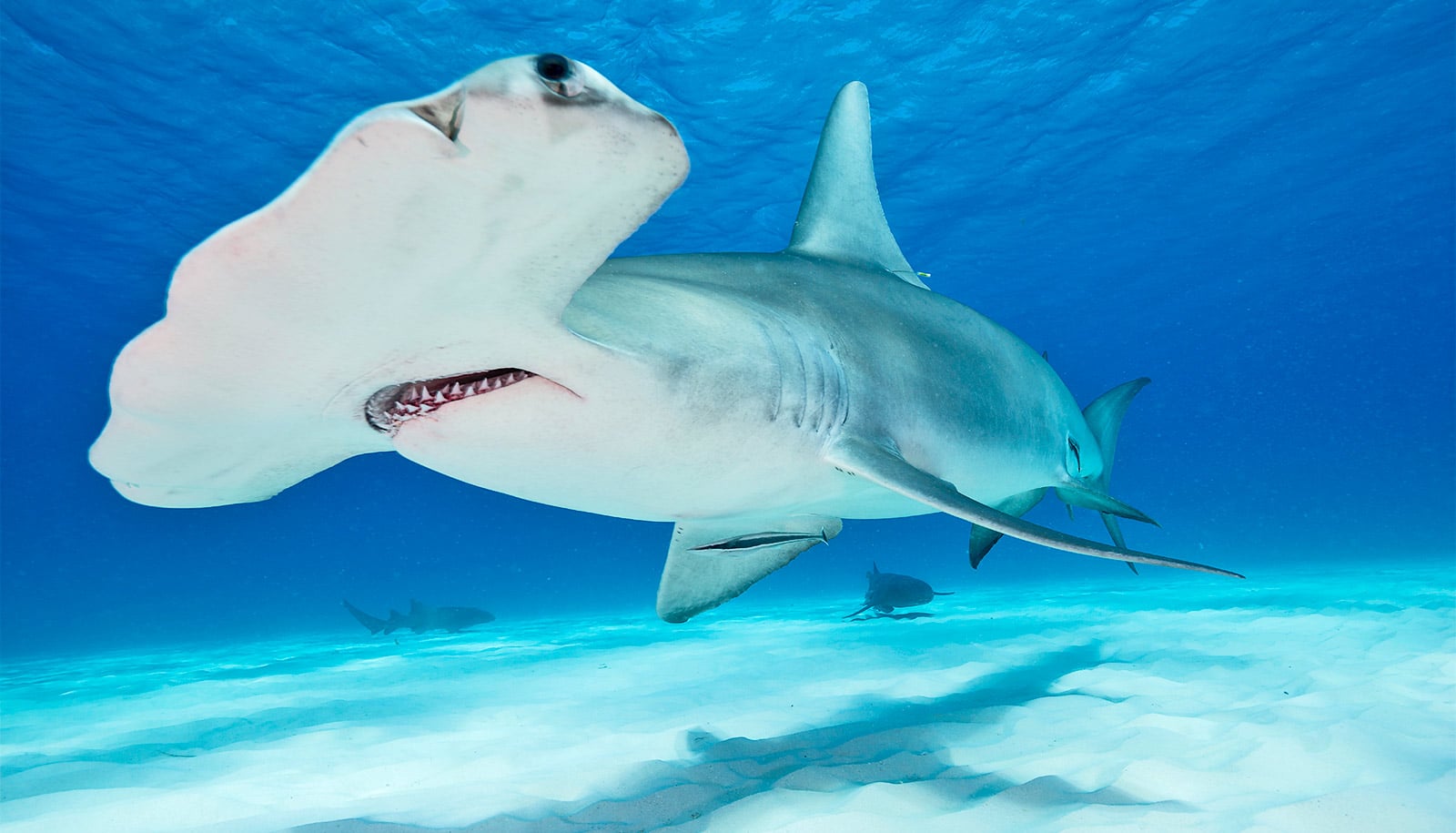Precipitation may be nearly as important as temperature in figuring out which animals are in the most danger of decline or disappearance. That’s especially true for moisture-sensitive frogs and other amphibians, a new study suggests.
Researchers looked at long-term monitoring data from 746 wood frog populations in 27 study areas, from Tennessee to Canada. The data focused on how climatic variation affected population growth rates and how these relationships varied with respect to long-term climate.

Northward shifts in wildlife ranges may be expected in coming years or decades, says lead researcher Staci Amburgey, a doctoral student in ecology at Penn State, but that trend may depend nearly as much on demographic weather patterns as warming temperatures. And in the case of wood frogs, other factors are also at play.
As reported in Global Change Biology, sensitivity to changes in climate cannot be predicted simply by knowing locations within the species’ climate envelope. Many climate processes don’t affect population growth rates as expected, based on range position. Processes such as species interactions, local adaptation, and interactions with the physical landscape likely have an effect on the frogs’ responses.
“Wood frogs are really broadly distributed, so I don’t think the species is going to be declining anytime soon,” Amburgey says. “But having said that, it appears that populations in the southern portion of the wood frog’s range are vulnerable if we have more hot, dry summers. Certainly frogs in the southern part of their range are more sensitive to hot years than frogs farther north, where the conditions will not push their physiological tolerances.”
For the study, researchers did more than just document where wood frogs exist and where they don’t. Instead, they analyzed reproduction rates by counting egg masses in spring pools to determine where the amphibian’s populations were growing or declining—trying to determine how each population was responding to year-to-year differences in climate.

Wood frogs are an ideal species to study to develop predictions about how animals will respond to warming conditions, says David Miller, assistant professor of wildlife population ecology.
They are cold-weather frogs with a range that extends farther north than other amphibians. As such, they have evolved with some amazing adaptations, not the least of which is the ability to survive freezing solid in winters.
These frogs are already close to their max heat
“In a warming world, wood frogs at the southern end of their range may be in trouble. By freezing solid, they thrive as far north as Alaska. They spend winters near the surface, and they are one of the first species to come out when things thaw.
“Then they head immediately to small wetlands in the forest that tend to dry out during the summer to breed, and their tadpoles develop really quickly and get out into the woods early. They are an important part of our forested ecosystems in the Northeast and a truly unique species.”
The Amphibian Decline Working Group supported by the US Geological Survey’s John Wesley Powell Center for Analysis and Synthesis supported the work.
Source: Penn State



